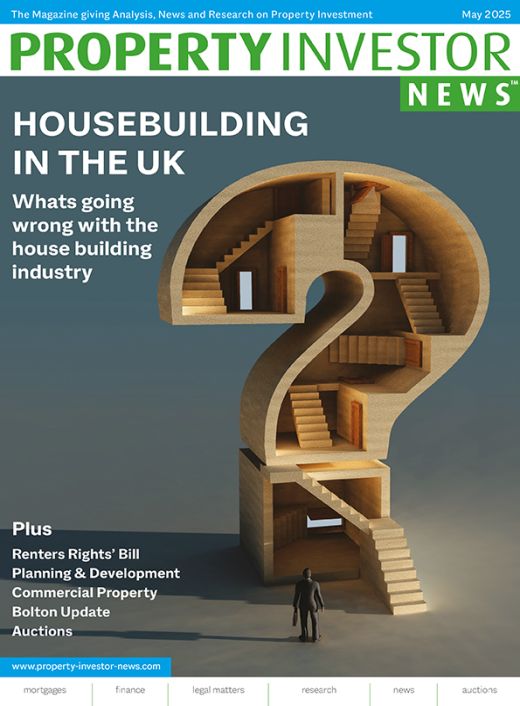The latest monthly lettings index from Hamptons International (formerly Countrywide) shows that the number of landlords in the private rental sector (PRS) has fallen to a seven-year low. Over the last two years the rental sector in Great Britain has shrunk, with the total number of privately rented homes falling by 156,410 since its peak in 2017.
It’s estimated that there were 222,570 fewer landlords in the private rental sector in 2019 than in 2017. The number of landlords peaked at 2.88 million in 2017, but tax and regulatory changes imposed in recent years by Goverment have caused some landlords to sell up and leave the sector.
Commenting on the research, Aneisha Beveridge, Head of Research at Hamptons International, said: “Our latest index shows that by 2019 there were 2.66 million landlords in Great Britain, some 8% fewer than at the 2017 peak. This means that the number of landlords has fallen to the lowest level in seven years when there were 2.58 million landlords.”
However, this latest research also shows that average landlord now owns more properties. The average landlord in Great Britain owned 1.93 buy-to-let properties last year, the highest level since 2009 when the average landlord owned 2.02 properties.
Ms Beveridge said: “Last year 30% of landlords owned more than one buy-to-let property. This figure is up from 21% in 2016 when many of the tax and regulatory changes were announced and is double the proportion recorded a decade ago when 15% of landlords owned multiple buy-to-lets.”
Looking at the regional data, landlords in the North East had the biggest portfolios. The average landlord based in the North East owned 2.05 properties last year, closely followed by landlords based in Yorkshire & Humber (2.03 properties per landlord) and London (2.01 properties per landlord). Investors in Wales and Scotland were least likely to have larger buy-to-let portfolios, with the average landlord letting out 1.83 properties in each region.
Given that many experienced private landlords with portfolios typically comprising of four or more residential properties have responded to increased taxes by switching their holdings towards SPVs (limited companies), the key question PIN posed to Hamptons was: ‘does this data include properties owned by corporate structures’?
Alison Blease, Head of Research and PR at Hamptons confirmed that this was the case and that their research and analysis “is drawn from the 90,000 homes a year which are let and managed by the Countrywide Group, in conjunction with the most recent data from the English Housing Survey.”
A clear conclusion which could be drawn from this analysis is that it confirms the widespread anecdotal and media comment over the last year or so via landlord representative groups such as the NLA and the RLA, that many private landlords are selling up.
John Stewart, policy manager for the Residential Landlords Association, says: '”All the evidence shows that growing numbers of landlords are looking to sell properties as a result of the increased tax burden on the sector.”
Meera Chindooroy, policy and public affairs manager at the National Landlords Association, says: “What we're witnessing in the market now is hardly surprising.
When the Government first announced its intention to scrap tax relief on mortgage interest payments for buy-to-let landlords in 2015, the NLA warned the decision would disrupt the supply of private rented property and we've been proved right.
“Our most recent data shows that many landlords are looking to reduce the size of their portfolios over the coming year. Landlords' confidence in the sector as an asset class has fallen to an all-time low.”
And the impact on tenants and their finances is also becoming clear as this latest index from Hamptons confirms that average rents across the UK are increasing with a 3.6% rise in the last 12 months. It should also be noted that this data is from actual rents achieved when a rental agreement is processed, unlike some other data reports, which are drawn from asking rents when a property is first listed to let.




















